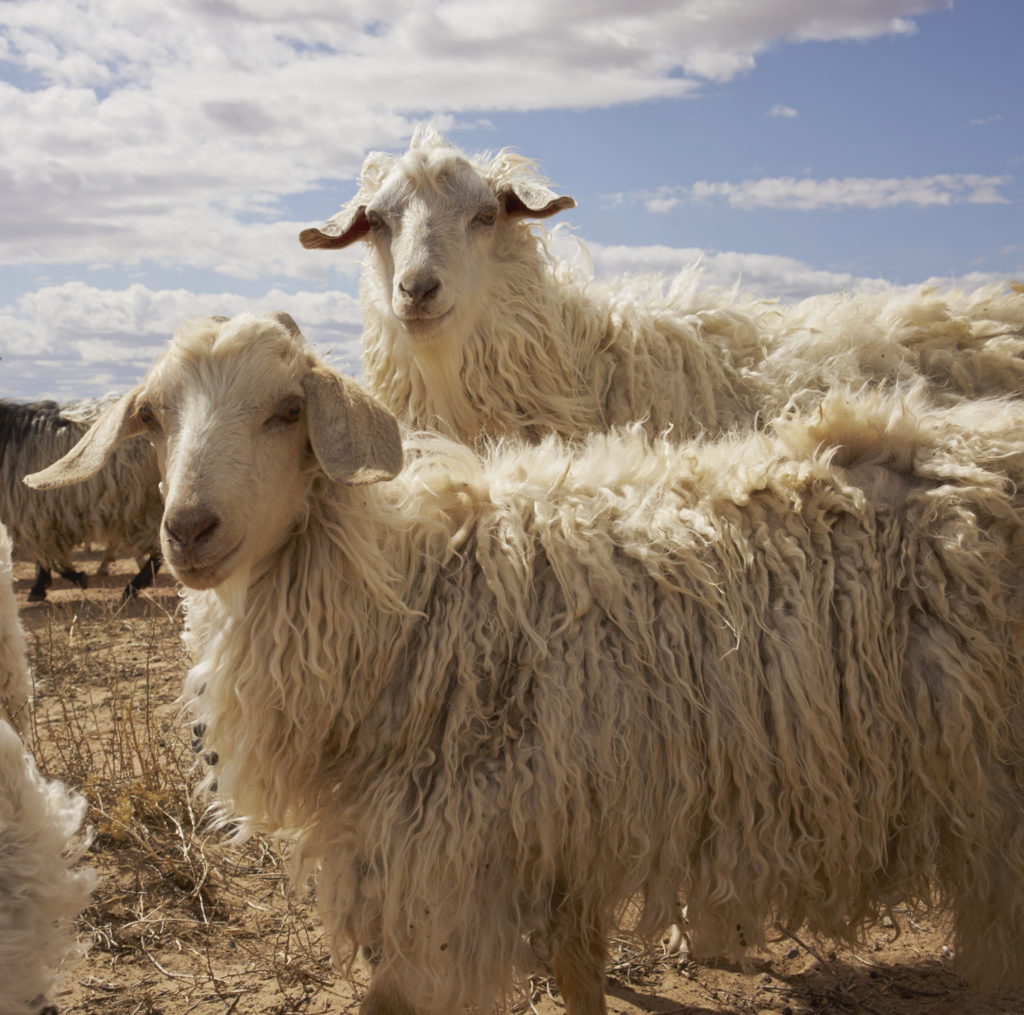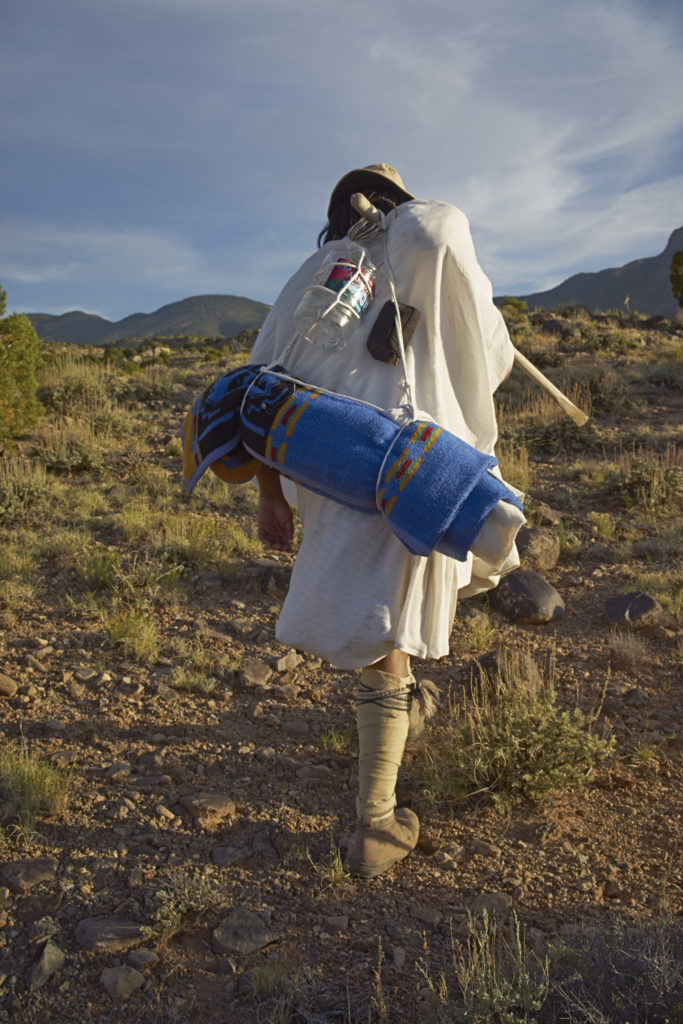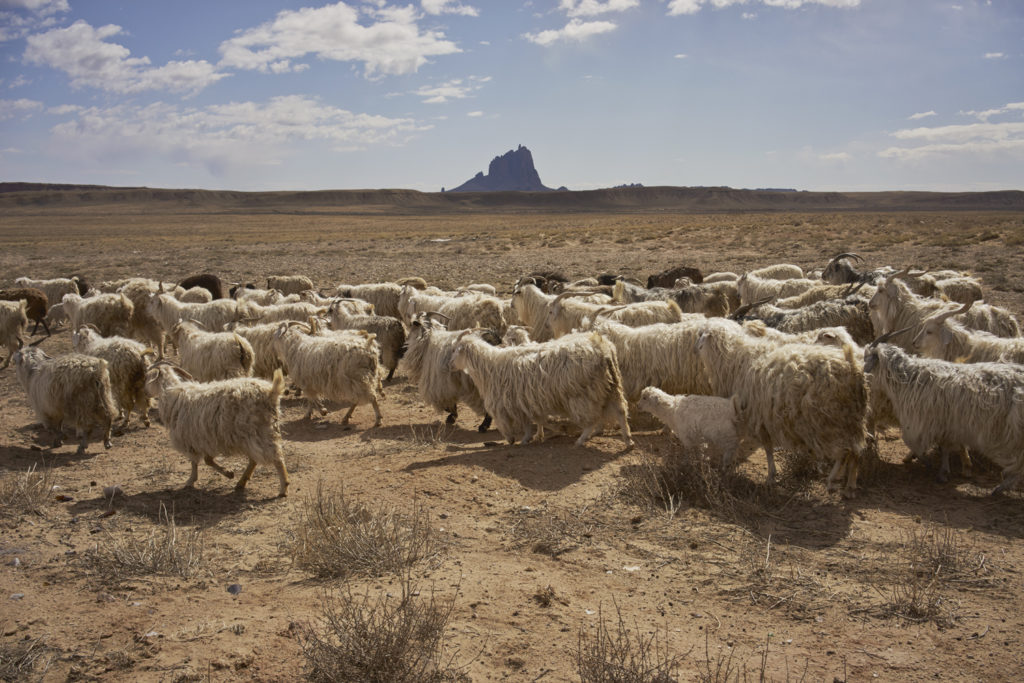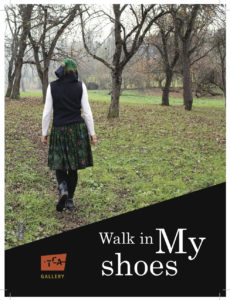Recently I find myself wanting to discuss certain facts or ideas that are not widely known. I’ve been thinking a lot about how to make connections between various things, places or people that, at first, do not appear to make sense. While researching information for a project I am doing, I have been introduced to several combinations of objects that may not seem related, but in fact they are, and they impact our world today.
The combinations that I’ve run into include, rattlesnakes and cell phones, cowboy hats and high-end resorts, rugs and diabetes, medicine and portraiture, merino sweaters and sustainable meat. Also, poetry and weaving, although those two do have commonality in being art forms.
 The project is about the Navajo Churro Sheep and how its existence affects the lives of people living on the Reservation, and how that in turn affects the Southwest and beyond. My colleague and I will publish it in our online magazine, SEE. We’ve encountered myriad facts about the difficulties the native peoples face now and in the past, yet heard many stories about the beauty of traditional life. We’ve begun to understand that the connections between native and non-native communities are multiple and important. A highlight of my research so far was the traditional Navajo sheepherding trek that I participated in this summer.
The project is about the Navajo Churro Sheep and how its existence affects the lives of people living on the Reservation, and how that in turn affects the Southwest and beyond. My colleague and I will publish it in our online magazine, SEE. We’ve encountered myriad facts about the difficulties the native peoples face now and in the past, yet heard many stories about the beauty of traditional life. We’ve begun to understand that the connections between native and non-native communities are multiple and important. A highlight of my research so far was the traditional Navajo sheepherding trek that I participated in this summer.
The purpose of this journey was to teach and preserve the ancestral method of sheepherding. It also sought to highlight how this particular breed of sheep, the Churro, is central to certain parts of Navajo culture. Briefly, it is a variety of sheep that is much better adapted to the climate on the Reservation, than say, Merino sheep. It’s a long, complicated story, but much of the sheepherding traditions are dying out, especially among the younger generations. This demise is widespread. (Traditional sheepherding cultures are declining globally for reasons that are often similar to those impacting the Navajo Churro). Governmental practices have taken these sheep away from the Navajo at various times throughout history, and it continues to this day. Some tribal members are trying to pass along their ancestral customs, and looking for ways to integrate them into modern life. Hence, our group of mainly young Navajos, some of whom had never herded sheep before, set out on this traditional trek, to guide the sheep up to their summer grazing lands.
The hike took us 22 miles into the Carrizo mountain range on the Navajo Reservation in northern Arizona. Although normally this journey would be done in one day, we took two days – one evening, and all of the next day. Before we started out, we gathered in a circle to introduce ourselves, and, to my surprise, to douse our feet and legs with a mixture of osha root and water. I’d only known osha root as a cure for a sore throat. But apparently it has an odor that rattlesnakes don’t like.
Since we left so late in the evening, we ended up hiking for about an hour in the dark. Even with the osha root, we were concerned about encountering snakes, or other animals. So several of us pulled out our smart phones and used them as flashlights. Here we were, traipsing through desert sagebrush and piñon pines, along a centuries old path, following the ways of the elders with our electronic devices illuminating the way.
 One of the hikers was a historian, a Navajo, and extremely knowledgeable about Native culture and the land. His outfit piqued my curiosity even before the trek started. He was wearing a white blanket draped around his torso, had leggings made from strips of cloth, he carried a wooden staff and had a plastic water jug slung over his shoulder on a rope. He was dressed in the conventional way of sheepherders from long ago – except for the Arrowhead gallon plastic jug, which at first seemed a bit out of context. But maybe it was a comment on the intersection of Native culture and modernity.
One of the hikers was a historian, a Navajo, and extremely knowledgeable about Native culture and the land. His outfit piqued my curiosity even before the trek started. He was wearing a white blanket draped around his torso, had leggings made from strips of cloth, he carried a wooden staff and had a plastic water jug slung over his shoulder on a rope. He was dressed in the conventional way of sheepherders from long ago – except for the Arrowhead gallon plastic jug, which at first seemed a bit out of context. But maybe it was a comment on the intersection of Native culture and modernity.
He talked a lot about the cultural and geological history of the area. According to him, the sagebrush and piñon are invasive trees. They have been choking out the natural plants over the last several decades. In fact, the name of the town Teec Nos Pos, where we started our journey, means “circle of trees.” Apparently many trees once grew in a circle at this site. Now they are mostly gone. At one point during the evening hike he called out, to whoever would listen, “And what happened in 1070?” Well, the sunset crater erupted. Ten feet of ash covered the area. It displaced the people. This story sounds familiar.
We heard a lot about the displacement and abuse of Native Americans from the people we interviewed for the article. Problems often revolve around the Churro sheep and how this animal factors into the economics, politics, health, and culture of the reservation. In addition, each person we spoke with described how certain issues surrounding these sheep affect the rest of Arizona, the country and echo similar circumstances around the world. With this information, the aforementioned combinations of objects started to make sense.
Last spring, I interviewed a Utah State professor at the American Sheep Industry Conference, which was being held at a fancy Scottsdale resort. The professor is the founder of the Navajo Sheep Project, an organization that has been instrumental in re-introducing the Churro sheep to Navajo families since the 1970s. I had never met him in person, but thought I would recognize him from the pictures I had seen of him in his cowboy hat. When I walked into the resort, I looked for a man wearing a hat like his and found – dozens! Seems like that was the hat of choice at this convention.
The issue of rugs and diabetes came up when I visited two Navajo sisters who still embrace a sheepherding lifestyle. They showed me their looms with rugs in progress, demonstrated how they comb wool, and let me photograph their sheep. They also complained that the Navajo Nation Special Diabetes Project badgers them with information about how to avoid diabetes – when all they have to do is keep up their traditions – sheepherding, shearing and spinning wool, eating natural, grass-fed meat, and ostensibly, weaving rugs. Then, they said, they have no problems.
Medicine and portraiture are the hallmark of a very special doctor who lives on the Reservation. He pastes giant photographs of Native Americans on water towers, jewelry stalls and other structures that you see along highway 89 in northern Arizona. Although a non-native, he tirelessly dedicates himself to the welfare of the native population and produces artwork out of respect for his patients and their customs.
The current trend for merino sweaters can affect sustainable meat production. A former ASU grad student and fiber artist, explained that Merino wool outdoes Churro wool in the marketplace. Merino’s short fibers are easier to machine process than the longer fleece of the Churro sheep making it more desirable in our fast-paced, modern world. But if the Navajo cannot sell enough of their Churro wool, they have less reason to have as many Churro sheep. This tendency means less meat too – meat that is sustainably raised and sold as such to the consumer.
As for the combination of poetry and weaving, the Navajo Poet Laureate told us that she writes poems ‘from the bottom up’ literally starting at the bottom of the page. She explained that as a child, she used to hear her grandmother’s loom make rhythmic clacking sounds, which was very soothing, and inspired her to write poems that mimic Navajo weaving, which is done on a vertical loom instead of a horizontal one, starting at the bottom in order to connect the earth to the sky.
 Doing this project about the Navajo Churro sheep, I have learned many things. Some are important details about native cultures. Others are historical facts. Some are elements of societal or environmental concern. But what I find most inspiring, are the bits of wisdom gleaned from other peoples’ experiences.
Doing this project about the Navajo Churro sheep, I have learned many things. Some are important details about native cultures. Others are historical facts. Some are elements of societal or environmental concern. But what I find most inspiring, are the bits of wisdom gleaned from other peoples’ experiences.
I learned about many during the sheepherding trek. We were all concerned about how many miles we had to go. But when one of the Navajo hikers suggested that we ‘look back at how far we had come,’ it made the journey more pleasant and a bit easier. The morning after the trek, we all gathered to witness a Navajo prayer ritual. We observed how an offering of turquoise is given before the prayer. One tree is chosen as the recipient and communicator to the spirits. Also, we were taught that the Navajo pray first for Mother Earth, for without her we would have no home. Next, they pray for the animals. After that, they acknowledge people they do not know, then their own family and lastly, themselves.
Other advice that I encountered from the people I interviewed includes the notion to ‘let people have their say before asking a question or making a comment.’ Also, that young and old people can work together on ideas so long as there is mutual respect. I’ve learned that the Navajo way of life considers balance and harmony to be two of the greatest goals in life. And, many times during my research for this project, I have heard ‘we are all connected.’
I agree with this statement. Our world is an interrelated ecosystem that suffers when a part of the whole dies. Traditional lifeways are in peril. Not just in Arizona, or the Southwest, and not only in America. Many of them are dying. And if they go, so too does their cultural heritage – the wisdom, the arts, knowledge of the earth, religion and language. This loss affects all peoples. A symbiotic relationship is what the connections are all about. I hope to start a conversation that reverberates around the world.
Photos taken by Emily Matyas.
 Today we are happy to share news about past contributor photographer Emily Matyas. Emily has a new book releasing this spring titled “Sol y Tierra: Views Beyond the U.S. – Mexico Border, 1988-2018.” The collection of photographs explores life just south of the border, beginning a conversation between the two countries. Along with the photographs, journalists Linda Valdez and Sergio Anaya have included essays and one of the photographic subjects have included a short memoir.
Today we are happy to share news about past contributor photographer Emily Matyas. Emily has a new book releasing this spring titled “Sol y Tierra: Views Beyond the U.S. – Mexico Border, 1988-2018.” The collection of photographs explores life just south of the border, beginning a conversation between the two countries. Along with the photographs, journalists Linda Valdez and Sergio Anaya have included essays and one of the photographic subjects have included a short memoir. We are happy to announce that Emily Matyas is one of several artists appearing in the Walk in My Shoes exhibit currently on display at the
We are happy to announce that Emily Matyas is one of several artists appearing in the Walk in My Shoes exhibit currently on display at the 


